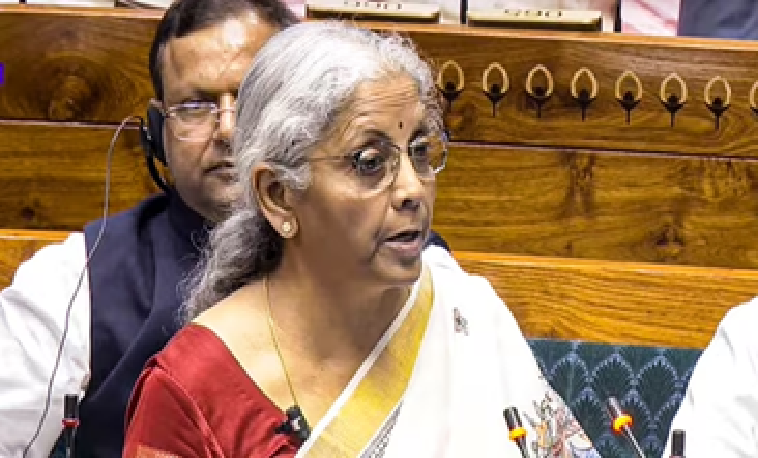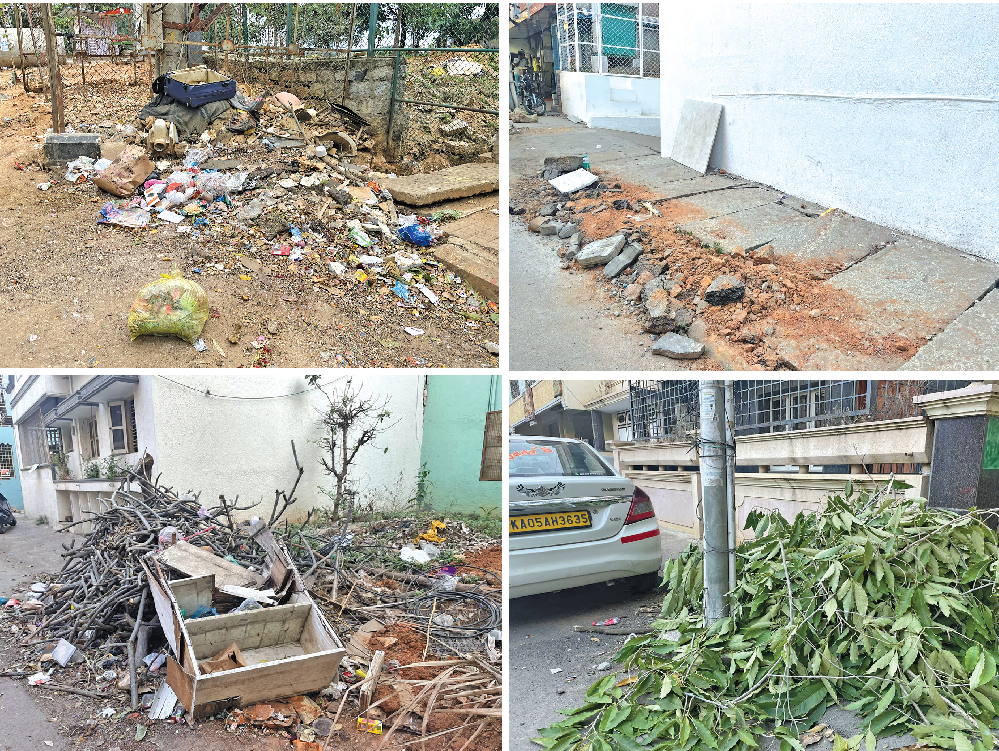
Kamakshipalya faces brunt of urbanisation with multiple woes
Bengaluru, NT Bureau: Athriving hub of commerce and culture nestled in the heart of Bengaluru, Kamakshipalya Ward 110 stands as a vibrant combination of commerce, culture, and community intertwined with each other.
However, rapid urbanisation here seems to have led to overloaded infrastructure now bursting at the seams. Traffic congestion is a significant issue, with narrow roads and an increasing number of vehicles causing frequent traffic jams.
The ward's popularity as a commercial hub further intensifies this problem, as shoppers and commuters add to the vehicular load.
Additionally, the roads in Kamakshipalya are filled with potholes which exacerbate the issue of traffic congestion, particularly during the monsoon season when heavy rains worsen road conditions.
These potholes not only slow down traffic but also pose safety risks to drivers and pedestrians alike. Additionally, the garbage management system is struggling to keep up with the growing population, leading to overflowing bins and littered streets.
Residential waste added to waste from commercial establishments often thrown on street corners and empty plots, aggravates the problem.
The Bruhat Bengaluru Mahanagara Palike (BBMP) workers allege that despite doing their duties, it is difficult for them to collect garbage owing to lack of manpower and resources.
Pourakarmikas alleges that several residents don't respect their time limits and dump garbage on the roadside and street corners which adds to their workload.
The influx of people into Bengaluru has also led to a rise in housing costs, making it difficult for residents to find affordable places to live. The demand for housing in Kamakshipalya has increased, driving up property prices and rents.
This situation poses a challenge for both long-time residents and newcomers, as finding reasonably priced accommodation becomes increasingly difficult. Some houses are situated in low-lying areas, making them particularly vulnerable to flooding during the monsoon season.
These homes often face waterlogging issues, leading to damp interiors, damaged property, and health hazards due to stagnant water.
The residents of these low-lying areas frequently deal with the inconvenience of water entering their homes, disrupting daily life and causing structural damage over time.
One flower seller said, “This is because of two reasons: One is because the area is low lying and most houses are constructed in a lower area while poor maintenance of stormwater drains that are clogged, restrict the flow of water when it rains.”
Street vendors, shop owners, and unauthorised stalls often occupy the sidewalks, forcing pedestrians to walk on the roads and navigate through traffic.
A priest at a nearby temple said, “This not only creates safety hazards but also contributes to traffic congestion. The encroachment of footpaths makes it challenging for residents and visitors to move freely, especially during peak hours,” he said.
 English daily published in Bengaluru & Doha
English daily published in Bengaluru & Doha






